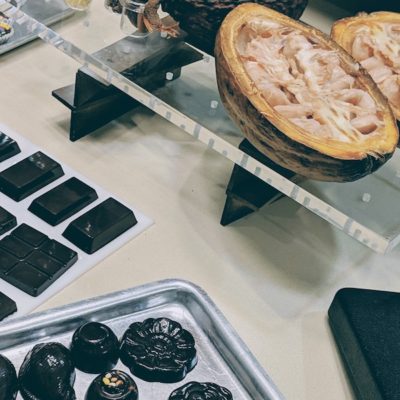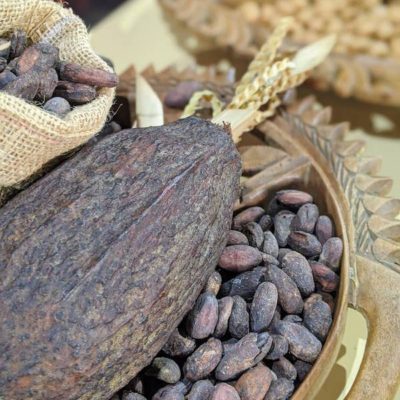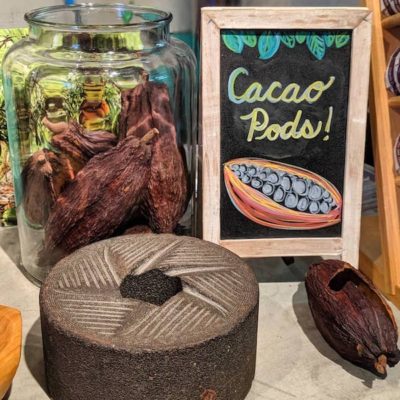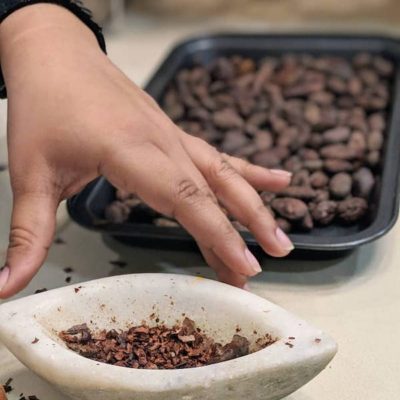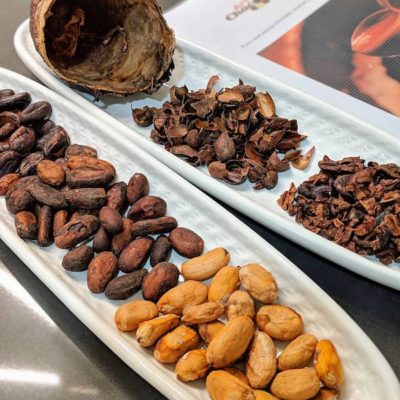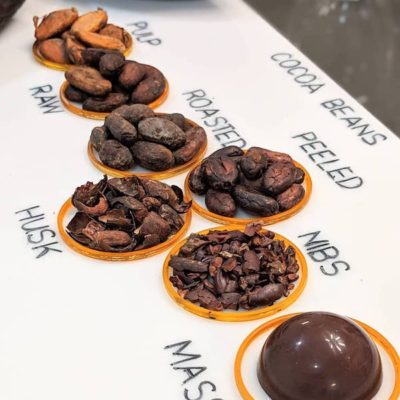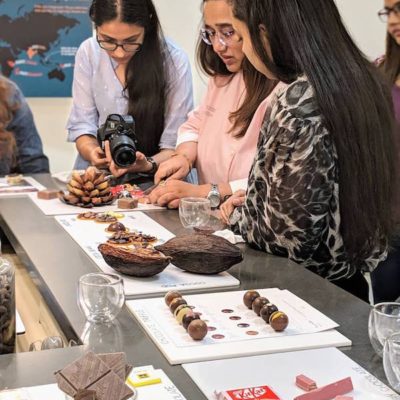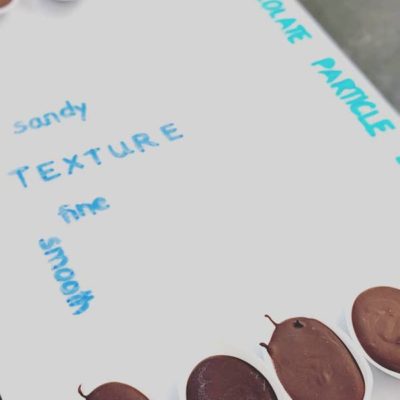Craft Chocolate
This course aims to give you a roadmap to navigate the new and emerging terrain of small-scale craft chocolate. You will learn about the bean-to-bar production process, starting with raw cacao beans and taking them through a series of calculated transformations to yield your very own sumptuous batch of chocolate.
11 – 14 Jul 2025 | 2pm – 5pm
Classroom | New Delhi
Online | Google Meet
₹ 58000
Overview
This is a 4-day in-depth bean-to-bar chocolate making program that will enable you to understand the process of making your own chocolate directly from the cocoa bean.
A basic knowledge of working with chocolate is recommended but not essential to attending this course. The program is designed to accommodate students of all levels as it covers the entire gamut of processes, including tempering and moulding, required to create finished solid chocolate. Having prior experience will make it a little easier for you to grasp the more nuanced tips and work your way up through your own collection of recipes after completion of the program.
You may choose to attend this course in person (classroom format) or participate in real time via video conferencing (online format). Online candidates are forwarded PDF notes with the recipes and theory covered in the class. All candidates get to watch the master chocolatier work, interact with her, and clarify all their queries during the session.
Learning Elements
- Making good chocolate starts with good cocoa beans. We’ll tell you about the different types of beans, how to select them, and where to buy them in small quantities.
- Cacao is an agricultural product subject to variations and natural elements. We'll show you how to sort the beans for abnormalities and undesired foreign objects.
- Heating affects the cacao's acidity, body, and balance of flavours. We’ll study different roasting profiles and lay out our methodology for finding the best roasting time and temperature for a given batch of cocoa beans.
- One of the more challenging steps in production is segregating the nib from the husk, which is essential to making chocolate of the highest quality. We’ll walk you through this process and explain how remnants can affect the chocolate’s viscosity.
- A smooth chocolate is the product of intense mixing, agitating, and aerating - done to polish constituent particles and release volatiles. We’ll explore how variations in conching influence the chocolate’s flavour peaks and valleys, yielding a range of taste attributes.
- Chocolate makers often add extra flavourings and ingredients to produce their own unique chocolate blends. We’ll equip you with several recipe formulations for making different types of chocolates.
- The molecules in chocolate can be stacked in different ways to create polymorphs that exhibit distinct characteristics. We’ll demonstrate how to control these crystal forms through proper tempering for making chocolate shelf stable, snappy, and glossy.
- Finished chocolate continues to evolve and change in taste over time. We will discuss how diffusion kinetics impacts flavour equilibrium, and how chocolate may be aged to obtain a more rounded taste profile.
- Packaging, labelling, and pricing are important considerations for a bean-to-bar chocolate maker. We will exchange views on how these can be leveraged to create a successful craft chocolate brand.

